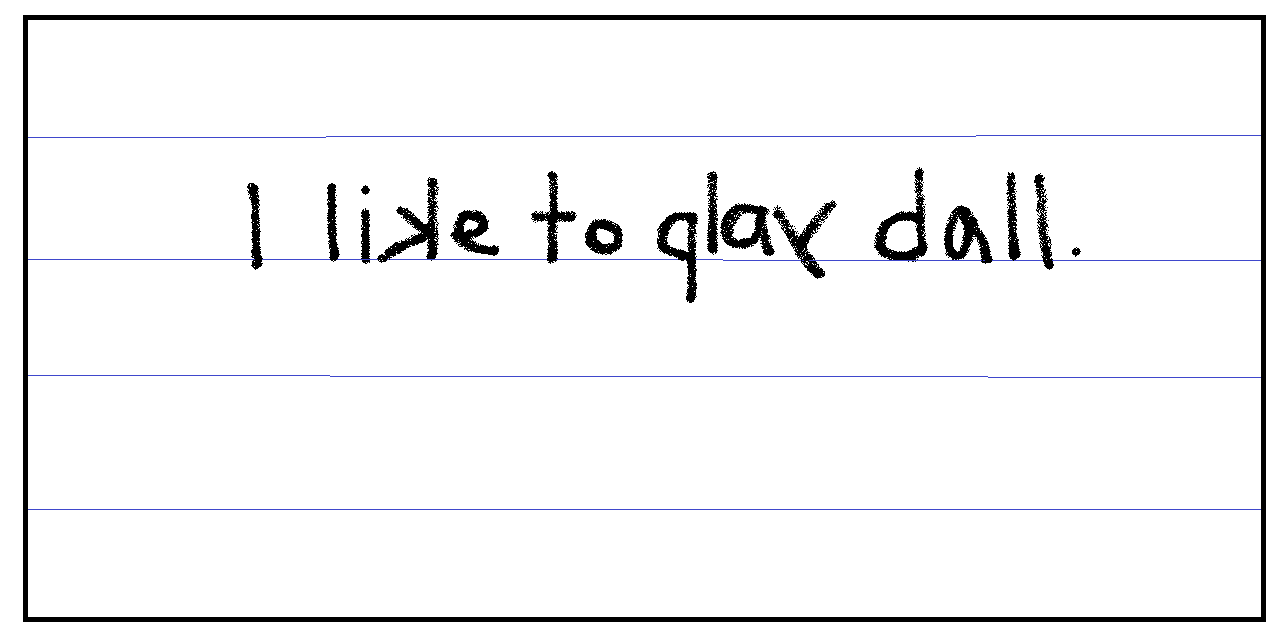When kids are first starting to read or write, it’s very common for them to read or write letters backwards, like writing “b” instead of “d” or reading “bug” as “dug.” These letter reversals are developmentally appropriate for young children up to the age of 7, and these mistakes will eventually disappear on their own as kids do more writing and reading.

By the age of 7 or 8, children would have developed better perception, and letters should be facing the correct way. But what if the reversals continue? Then it’s a good idea to investigate further, as a delay in visual spatial orientation skills might be indicated.
Visual Spatial Orientation Skills is the awareness of one’s left and right side, their position in space in relation to other objects, as well as the location of objects relative to each other. This skill is normally developed through the child’s interaction with their environment and can be divided into bilateral integration, laterality and directionality.
- Bilateral integration is the awareness of both sides of the body and being able to use both sides separately and together in unilateral and bilateral combinations.
- Laterality is the knowledge of one’s internal representation of their right and left.
- Directionality is their external understanding of other people or objects’ right and left, up and down, forwards and backwards, etc.
Visual spatial orientation skills are needed in the classroom as soon as the child starts school. Information presented usually has a direction–that is, children need to start reading from the left and work their way to the right. When they write on a workbook, the direction of their pen is top to bottom, moving to the right.
A child who is developmentally delayed in visual directionality will exhibit confusion with some letters simply because the letters are symbolically the same, but have a different meaning because of their visual spatial orientation, that is, “b”, “d”, “p” “q”…same symbol, different letter, different meaning! Likewise, full words can look similar but have different orientations (“saw” and “was”), making it difficult for them to discriminate the difference.

Signs and symptoms of visual spatial orientation skill difficulty
- Delayed development of gross motor skills
- Decreased coordination of balance and ball-playing skills
- Confusion of right and left
- Letter reversal errors when writing or reading
- Inconsistent hand dominance (right-hand dominant or left-hand dominant?)
- Difficulty in tasks requiring crossing the midline
What are some of the tests that can measure visual spatial skills?
- Piaget left/right awareness test
- Gardiner Reversals Frequency Test
- Jordan left/right reversal test
Are you worried about your child still reversing letters after his eighth birthday? Your local behavioural optometrist will be able to provide a comprehensive vision examination and assess if your child requires further DVIP (developmental vision information processing) investigation.
